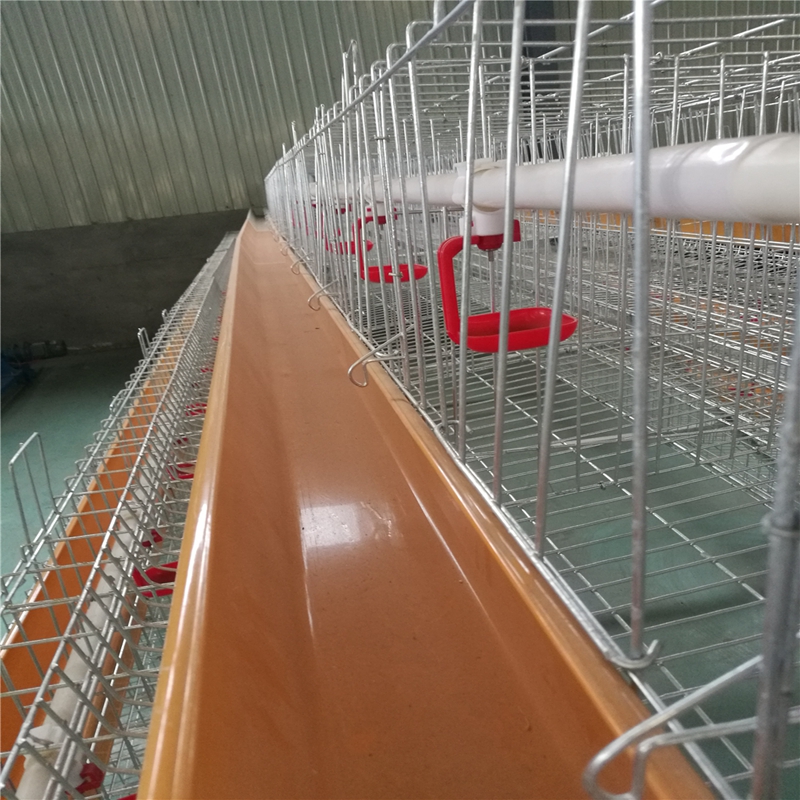Understanding the Importance of Slaughter Equipment for Efficient Meat Processing Operations
jul . 28, 2024 22:30 Back to list
Understanding the Importance of Slaughter Equipment for Efficient Meat Processing Operations
Understanding Slaughter Equipment An Essential Component of the Meat Industry
The meat industry is a vast sector that plays a critical role in global food supply, and at the heart of this industry lies slaughter equipment. The process of transforming livestock into meat products involves a complex series of operations, and the tools and machines used in slaughterhouses are essential for efficiency, safety, and humane practices. This article explores the types of slaughter equipment, their functions, and the importance of adhering to industry standards.
Types of Slaughter Equipment
Slaughter equipment encompasses a wide array of machinery and tools designed for various stages of the slaughtering process
. The main categories include1. Stunning Equipment To ensure humane treatment, animals must be rendered unconscious before slaughter. Equipment such as electric stunners and captive bolt guns are used for this purpose. Effective stunning minimizes stress and pain, which is crucial for animal welfare and affects the quality of meat.
2. Hoisting and Handling Systems Once animals are stunned, they need to be moved efficiently through the slaughtering process. Hoisting systems, often powered by pneumatic or electric motors, facilitate the transportation of carcasses. These systems are designed to ensure safety for workers while preventing contamination.
3. Butchering Tools After the initial processing, butchers require a variety of tools, including knives, saws, and other cutting equipment. High-quality, hygienic knives are essential for precision cuts that determine meat quality and yield.
4. Processing Machinery Further down the line, additional machinery is employed for tasks such as skinning, evisceration, and portioning. Machines that automate these processes improve speed and consistency compared to manual methods, which can be labor-intensive and less sanitary.
slaughter equipment

5. Cleaning and Sanitation Equipment Maintaining cleanliness is paramount in any slaughter operation. Sanitation tools, including pressure washers and disinfectant sprayers, are critical for ensuring that all equipment and surfaces are free from contaminants that could compromise food safety.
Importance of Compliance and Standards
The operation of slaughter equipment must adhere to strict regulations and standards set forth by government entities and industry organizations. These regulations are designed to safeguard public health, ensure animal welfare, and maintain high-quality meat products. Compliance involves regular inspections of slaughter facilities, ensuring that all equipment is functioning properly and safely.
Moreover, the implementation of modern technologies, such as automation and advanced monitoring systems, has transformed the slaughtering process. Such innovations help improve efficiency, reduce waste, and enhance the traceability of meat products from farm to table. These advancements not only optimize productivity but also address consumer concerns regarding food safety and ethical sourcing.
Challenges and Future Directions
Despite advancements in slaughter equipment and practices, the industry faces several challenges. Public scrutiny regarding animal welfare and environmental impact is increasing, prompting many producers to seek more humane and sustainable methods. There is ongoing debate about the role of technology in the slaughter process, with some advocating for fully automated systems while others emphasize the importance of human oversight.
In response to these concerns, industries are investing in research and development to create better equipment and practices that meet the demands of both consumers and regulatory bodies. The future of slaughter equipment will likely involve greater emphasis on automation, sustainability, and ethical considerations, paving the way for a more responsible meat industry.
In conclusion, slaughter equipment is a critical component of the meat production process, encompassing a wide range of machinery and tools designed to ensure efficiency and safety. As the industry evolves, it is essential to prioritize humane practices and compliance with health regulations, all while addressing the challenges of public perception and sustainability.
-
High Performance Exhaust Fan – Efficient Ventilation Solutions for Home
NewsJun.10,2025
-
High-Quality Gestation Pen for Sows Durable Mobile Pig Pen & Simple Pig Pen Solutions
NewsJun.10,2025
-
High Quality Rabbit Cage Double Tier Designs & Welded Wire Mesh Supplier
NewsJun.10,2025
-
Floating Fish Feed Machine - High Efficiency Floating Fish Feed Extruder for Small Scale Production
NewsJun.10,2025
-
Premium Poultry Housing Solutions Mobile & Commercial Free Range Options
NewsJun.10,2025
-
Industrial FRP Fans Corrosion-Resistant Blades & Centrifugal Systems
NewsJun.09,2025






